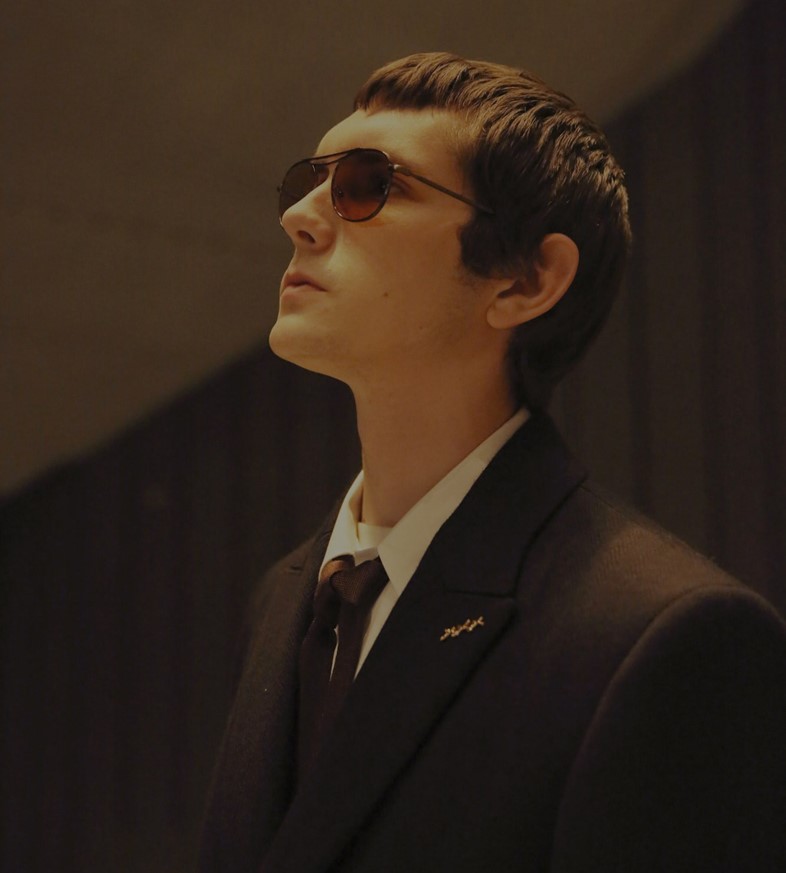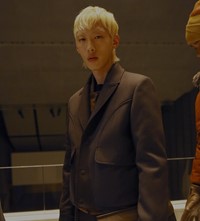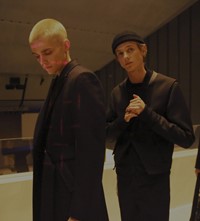Zegna’s Alessandro Sartori is Making Luxury More Inclusive
- TextHynam Kendall
The Italian designer tells Hynam Kendall what luxury means today and how he’s bringing Zegna into its next phase
I start at the beginning, say to Alessandro Sartori, “Define luxury” and wait. He laughs, measured in his way, but full-mouthed with it. I say, “Define luxury menswear, to be exact,” taking him to task. As Artistic Director at Ermenegildo Zegna, one of the largest producers of fine fabrics in the world, and cited by countless industry bibles as a leader in the luxury menswear field, there should be no truer authority on the matter, I reason. He rolls the tongue in laughter again, says politely and in triptych, “I change my colour!” referring to his tendency to blush at a compliment. “I change my colour!” he says again with Italian lilt and laughter. “I am flattered but cannot be the authority!”
Modesty aside, Sartori’s superlative success in luxury menswear speaks for itself.
In 2003, Sartori was appointed Creative Director at Zegna’s second line Z Zegna, four years later staging its first-ever runway show as part of New York Fashion Week. Back then the general mood in men’s fashion was low-crotch leather pants and boots, “[it was] very much about wearing oversized pieces on top of thin silhouettes,” Sartori remembers. “I still loved the roots of tradition [in luxury menswear], especially somewhere as rich as Zegna, but I understood [the need] for the other side of the panorama, the other side of the fashion landscape. So what I brought to the equation was a street confidence, young attitude, a challenge to tradition.”
Waxed seams on exaggerated slacks and double-faced cashmere sweaters that dragged the body down to just about the knee abounded. It was an incredible success both critically and commercially, and attracted an audience beyond the existing luxury customer.
“Yes, yes,” Sartori admits bashfully, “it was a good moment”. “For me, I was glad that people agreed [that] great luxury menswear could melt extremes, clash, bring the rules in a different order.”
After Z Zegna, in 2011, Sartori spent five years at LVMH megabrand Berluti as Artistic Director, expanding the label from go-to shoe brand to one-stop-shop. Sartori created a streamlined and tailored silhouette that attracted a teeming list of celebrity support from star athletes to movie stars. Antoine Arnault, Berluti CEO announced that Sartori added “more than 100 million euros” to its tallies thanks to such product offering expansion.
“I think perhaps luxury is about human work. I think luxury is about craft” – Alessandro Sartori
Of his last collection for the brand, Luke Leitch surmised for Vogue Runway, “This collection contained almost as many potential angles to elucidate excellence in menswear as there were grains of volcanic sand on the runway.”
Which brings us to Sartori’s most recent and current appointment. In 2016, Sartori returned to Zegna, this time in a newly created position taking on the role of Artistic Director but across all Zegna brands and all creative functions. It is the first time so much power from different parts of the company is being amalgamated under one person. And with over 500 monobrand stores, Ermenegildo Zegna is by far the largest luxury menswear brand in the world.
As I mentioned in my opening, and as I put it to Sartori again, there may be no truer authority on the subject.
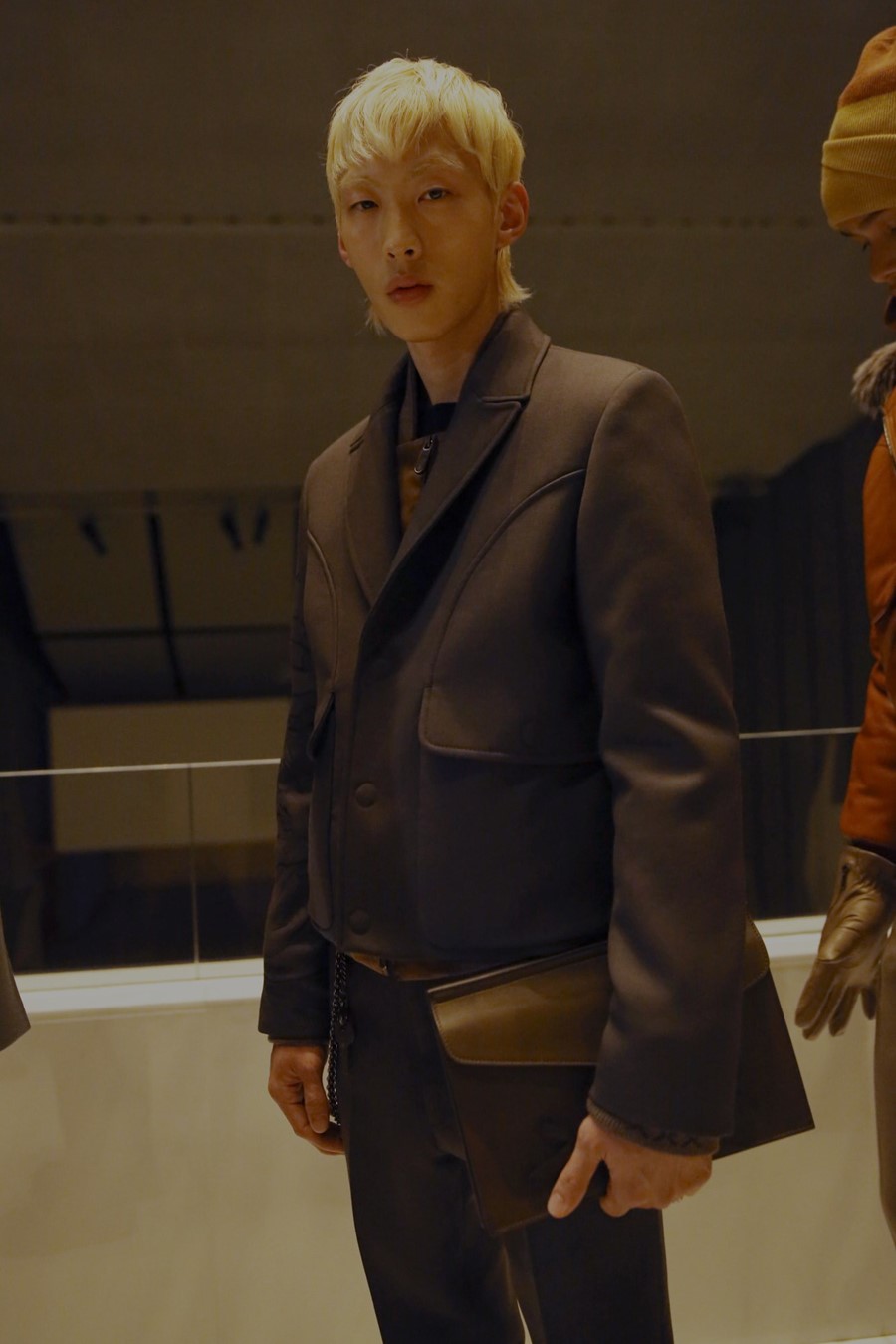
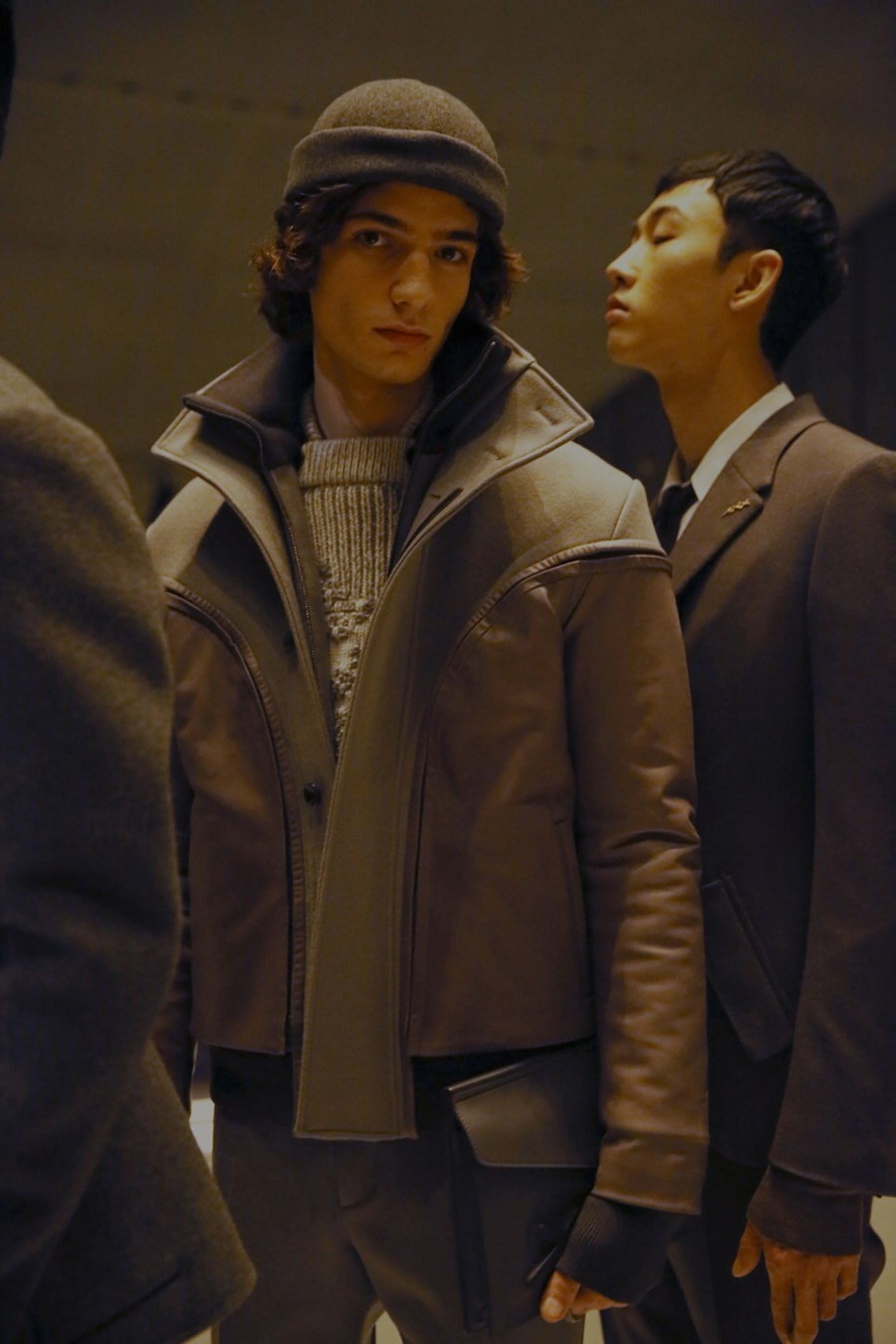
Sartori muses, chews the term, “I think perhaps luxury is about human work,” he says. “I think luxury is about craft. Hands have touched these pieces and you can look at, for example, a blazer and admire that there are 72 hours of work by hand in this piece. It began in the hands of a master with perhaps 40 years of experience,” he says, “A human hand over a machine is luxury, I think.”
At the mention of price point, Sartori gently interjects, “today I believe that luxury is not about the price as it was at one time. Before, you owned luxury to possess it, but today I think it’s because it [genuinely] speaks to your personal style, taste. Because now luxury menswear can happily sit with streetwear.”
“It has always been my vision to appreciate and appeal to, and to not exclude younger, fresh, different types of men” – Alessandro Sartori
What Sartori understood from the very initial stages of his career was the relevance of luxury for a more varied and namely younger audience. “Gildo [Zegna, CEO of Ermenegildo Zegna] had the [same] point of view of luxury menswear being for a family, that the need was to represent the full menswear universe, in every moment of a man’s life. These are pieces with quality levels that allow you to keep each for many years,” he says, “we understand, as perhaps the industry didn’t many years ago, that luxury is ‘multi-generational’.”
Multi-generational is a phrase, along with “multi-ethnic”, that Sartori turns to throughout our conversation. This is something Sartori is clearly passionate about, and you can see that he casts his shows and shoots accordingly. “I feel so connected to a ‘variety’. It has always been my vision to appreciate and appeal to, and to not exclude younger, fresh, different types of men.” We aside about the Zegna visored baseball caps in merino, cashmere and silk that a number of my friends wore to attend the shows this London Fashion Week Men’s, as well as ruminating over the fact that private members’ clubs, which once turned away guests not wearing ties, now accept patrons wearing a beautiful suit with a t-shirt beneath or trainers – both points signalling the change in perception and acceptance of new luxury. “This is why we show our collections on young, interesting and diverse men, and why we cater to everyone including these younger customers with fresh tastes. It’s more predictable and therefore maybe less [relevant] now to only have mature guys with a kind of couture attitude, couture lifestyle wearing your brand in a tried-and-tested way.”
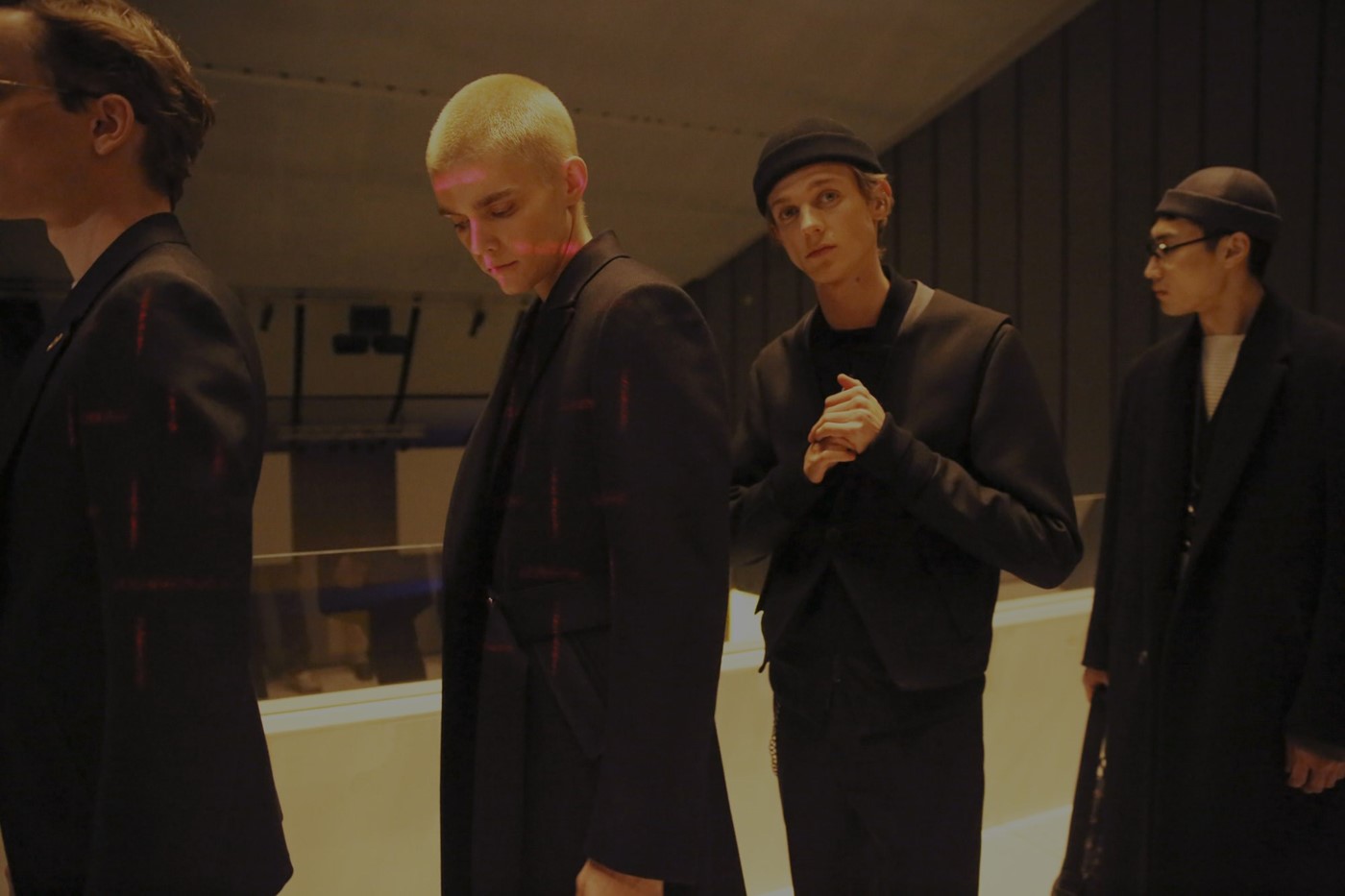
That’s not to say the traditions of luxury menswear are irrelevant and that modern luxury should eschew decades of heritage. Tailoring, for example, will always be an intrinsic part of the luxury menswear market, but Sartori excitedly discusses how we can challenge and re-appropriate the form. We discuss Charles Jeffrey redefining tailoring with deconstructive bombast, Martine Rose with unexpected proportion and he says gleeful, “Tailoring will always be relevant to the luxury menswear customer, relevant to the menswear customer in general, because what you can achieve through tailoring is unique. The construction, the technical things you can achieve with angles, shape. [But] what we need to understand and show is that tailoring doesn’t have to be with vintage presentation. This is when it doesn’t understand the modern customer. To me this now feels like costume!”
What makes tailoring exciting, specifically, says Sartori, is the new generation of references coming through. Whereas I may connote a fitted blazer to my Hertfordshire all-boys school days [we ceremoniously burned our blazers on the last day of term], or as a piece of attire forced on me by my rural parents whenever I had a job interview to attend, the younger generation have a wider, more educated view and relationship with it because of reference points and, ubiquitously, the internet.
“Alessandro [is] the perfect fit to help us take Zegna to the next phase” – Gildo Zegna
“There is an education in this coming generation,” says Sartori. “with the passionate search for information and the access to information the [new designers] and [new] customers are very educated in their [want] of luxury menswear. Their references are evolved. You were perhaps told a blazer is part of a suit, but [they] see each piece as interchangeable, so they break it down to proportion, to structure, they make the essence personal. Now it is very widely understood that a blazer need not be worn with a matching pant. Put a blazer with a matching bluson in the same fabric – why not? Look at luxury with a street attitude, that’s what opens up the industry. That’s what is exciting!”
Sartori offers a conclusion for my posed conundrum, “Perhaps the term luxury menswear is truest now. Before it was often a cliché. The credo was more that you needed to own a few looks – most likely business looks – because you needed to dress a certain way to go somewhere. It was a more surface level understanding of the term. It was an image of an idea. It felt exclusive. Today the term is fluid, as it should be. You are allowed to bend it into your own interpretation. It is an honest word now – luxury. Because of this,” says Sartori, “the concept of luxury has so much more value to men.”
Gildo Zegna said in a statement: “Alessandro [is] the perfect fit to help us take Zegna to the next phase.”
What is the next phase of luxury menswear?
“Inclusivity.”
